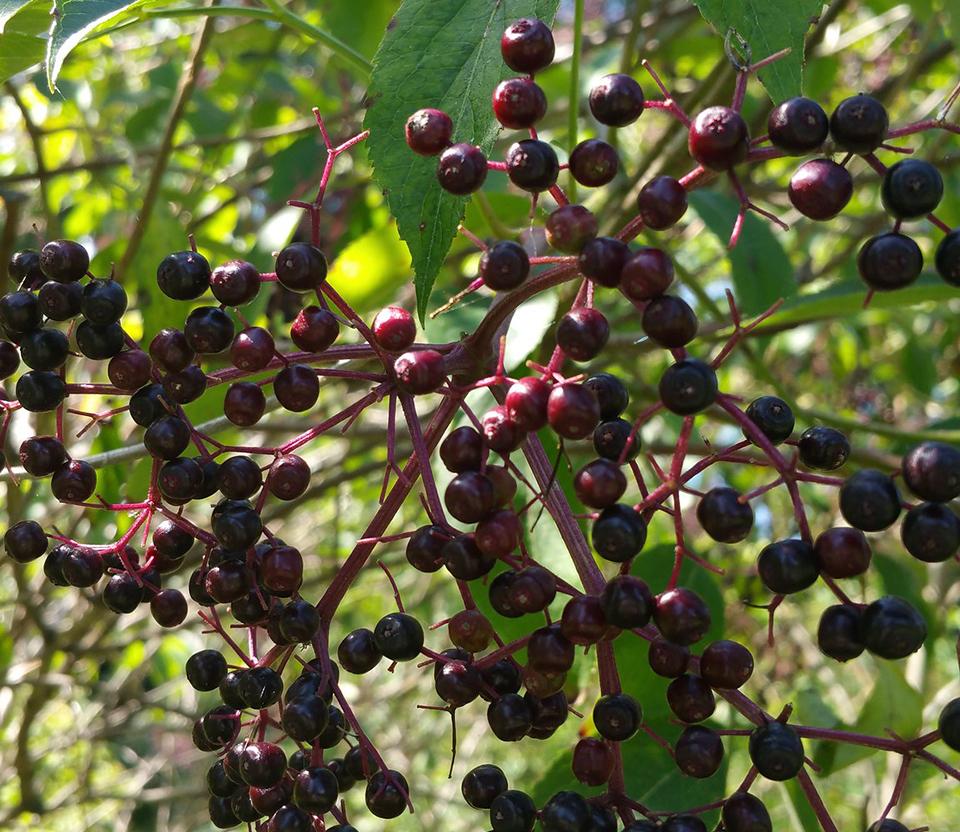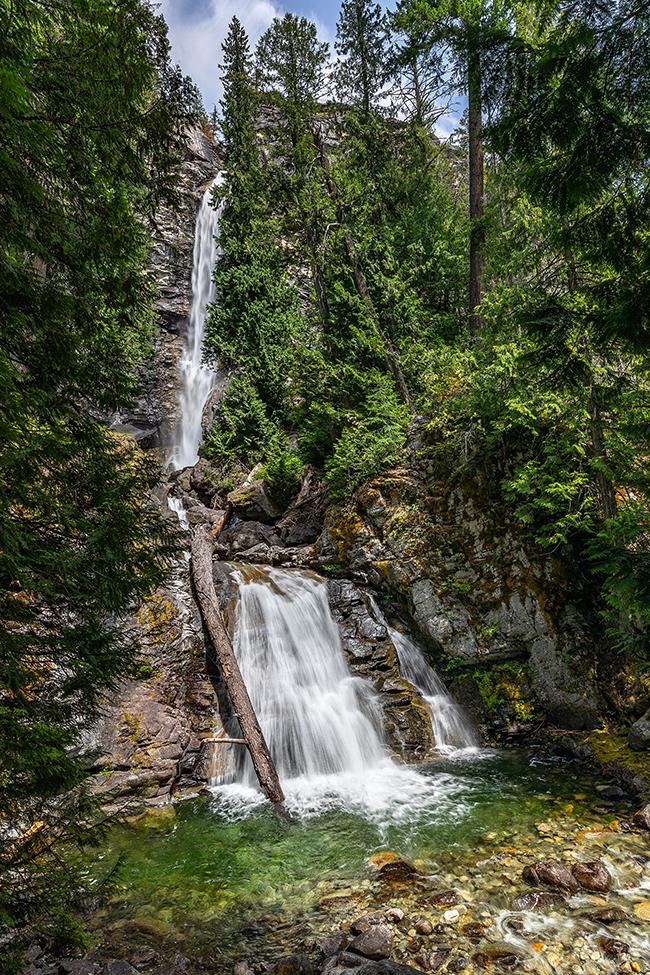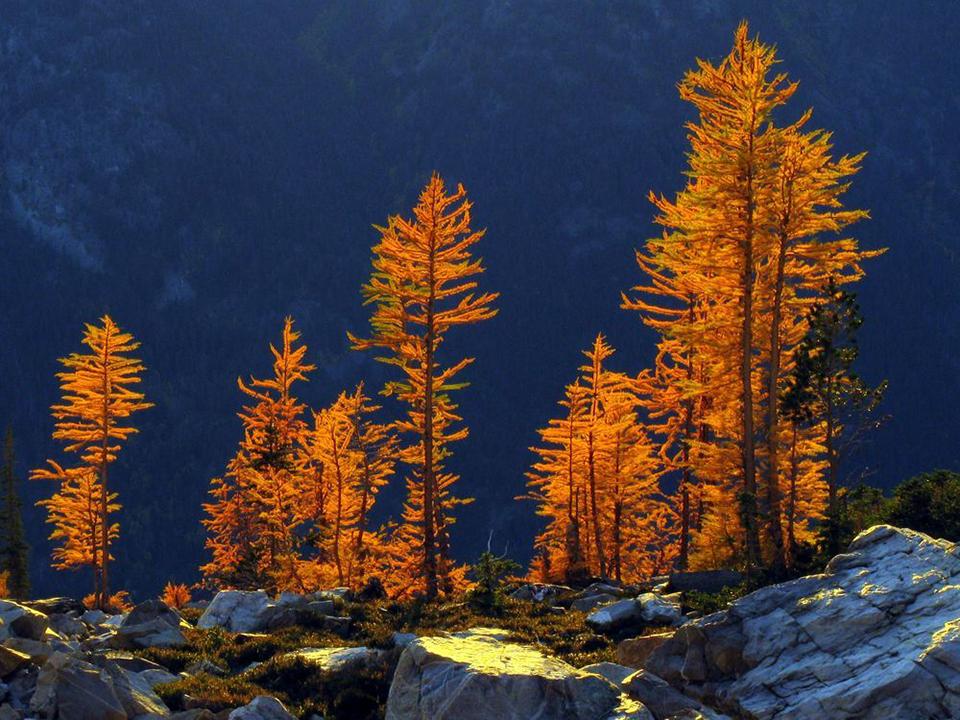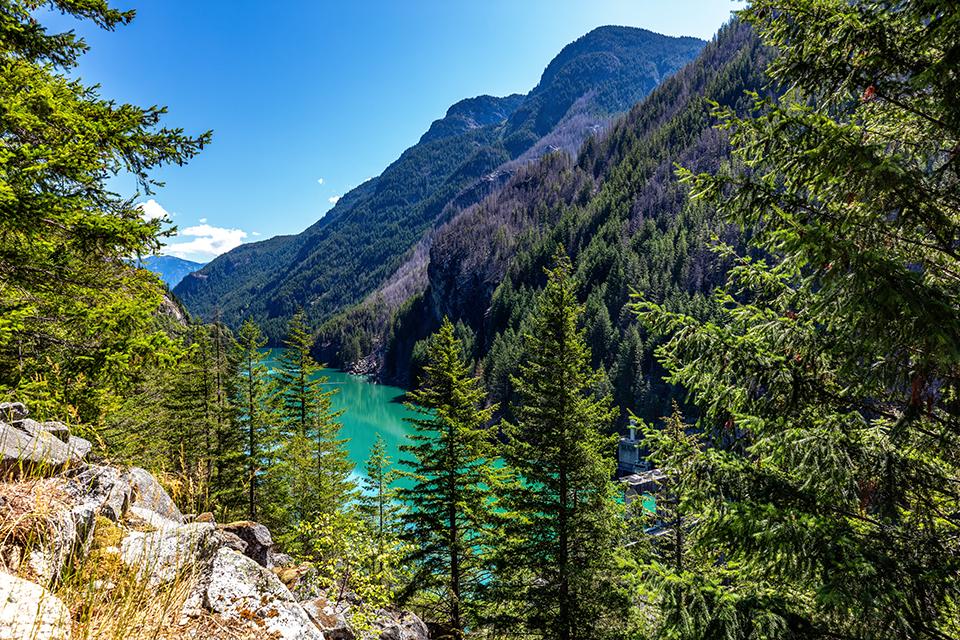
North Cascades Iinstitute learning center office and classroom complex, North Cascades National Park Complex / Rebecca Latson
Happy New Year! The beat (and quizzing) still goes on. This particular quiz takes place in the Pacific Northwest – Washington state, to be precise. It’s the continuing theme of Thank You to those agencies who have contributed to help the Traveler keep on keeping on, with articles, stories, quizzes, travelogues, and podcasts (to name a few things) about national parks and other protected areas.
This Quiz #23 is a particular thank you to the North Cascades Institute. A nonprofit education organization whose “mission is to inspire environmental stewardship through transformative learning experiences in nature.” So of course, this quiz is all about the North Cascades National Park Complex, a vast swath of Washington State and the North Cascades consisting of three National Park Service units: North Cascades National Park, Lake Chelan National Recreation Area, and Ross Lake National Recreation Area.
Did you know both the North Cascades Institute and North Cascades National Park have Instagram accounts? I ask this because I’ve taken trivia and material for quiz questions directly from both @ncascadesnps and @ncascades. After testing your knowledge and perhaps learning something new about the North Cascades, why not head on over to check out their Instagram accounts. Oh, and check out @national_parks_traveler, too, while you’re at it.

Mount Shuksan, North Cascades National Park Service Complex / Jeff Hollett
1. True or False: Mount Shuksan is the tallest peak in the North Cascades Complex.
a) True
b) False
2. True or False: Larch trees are both coniferous and deciduous.
a) True
b) False
3. There are 12 bat species considered to inhabit the North Cascades National Park Complex. Of these species, which is the bat that is most often detected?
a) Hoary bat (Lasiurus cinereus)
b) Townsend’s big-eared bat (Corynorhinus townsendii)
c) Little brown myotis (Myotis lucifugus)
d) Big brown bat (Eptesicus fuscus)

A cloudy morning at Diablo Lake, Ross Lake National Recreation Area, North Cascades National Park Complex / Rebecca Latson
4. Ross Lake National Recreation Area, a part of the North Cascades National Park Complex, consists of three reservoirs: Ross Lake (of course), Diablo Lake, and ___.
a) Swift Reservoir
b) Hozomeen Lake
c) Cutthroat Lake
d) Gorge Lake

Wake scenery on an overcast afternoon, Lake Chelan National Recreation Area, North Cascades National Park Complex / Rebecca Latson
5. Lake Chelan National Recreation Area is home to “one of the nation’s deepest lakes at a depth of 1,500 feet. The average width is less than two miles, but Lake Chelan extends 50 miles into the Cascade Mountains.” This national recreation area rests in a glacially carved feature known as a ____.
a) Cirque
b) Trough
c) Hanging valley
d) Col
6. The lowest elevation found in North Cascades National Park Complex is ______.
a) Goodell Creek
b) Colonial Creek
c) Thunder Creek
d) Park Creek
7. The many glacier-fed streams and rivers within the North Cascades were recognized as important sources for feeding water wheels in order to generate power for homesteads. These water wheels were also called ______.
a) Undershot wheels
b) Pelton wheels
c) Breastshot wheels
d) Backshot wheels
8. Roughly 93 percent of the North Cascades National Park Complex is covered by which wilderness: ______.
a) Lake Chelan-Sawtooth Wilderness
b) Mount Baker Wilderness
c) Wild Sky Wilderness
d) Stephen Mather Wilderness
9. Who said these words in 1814: “A more difficult route to travel never fell to man’s lot.”
a) Alexander Ross
b) Henry Custer
c) Henry Pierce
d) Otto Klement
10. What dates back to 1925 at the Buckner Homestead in the small community of Stehekin?
a) A cattle ranch
b) A bakery
c) An orchard
d) A school
Trivia

Elderberries / Karen Hine
“Elderberries, including blue and red varieties, are a common plant in the North Cascades. A shrub that can grow up to 30 feet tall, they are some of the last berries that can be harvested each season. Different varieties have a range of toxicity, and generally berries should be cooked before they are edible, and are popular for jellies and syrups. Indigenous peoples throughout the Pacific Northwest have traditionally used the leaves, bark, and blossoms for medicinal products while the dried or fresh berries of blue elderberry are used for food.”

Dog vomit slime mold / U.S. Fish and WIldlife Service
While hiking out along the trails of the North Cascades, you might come across a brilliant yellow, “bile-colored” foamy-looking slime mold on logs, rocks, or surrounding the plants you see. That bright yellow slime mold (aka “dog vomit”) actually moves. Slime mold “can live freely as a single-celled organism and can aggregate together to form multi-cellular organisms. When food is in short supply, these single-celled organisms come together to form a clump, representing a vomit-like blob” (eww). “Slime mold can move at an average speed of 1mm per hour.” Next time you are out in the forest, take a look around and you may see this bright yellow stuff. Do you think you have the patience to watch it move a millimeter in an hour?

Rainbow Falls, Lake Chelan National Recreation Area, North Cascades National Park Complex / Rebecca Latson
“The North Cascades are so named for their numerous cascading waterfalls. The park was formed out of a desire to preserve scenic wilderness features like these. Rainbow Falls, pictured here, are just one of many waterfalls in the North Cascades National Park Service Complex. Rainbow Falls is a two-tiered waterfall with the upper fall cascading an amazing 312 feet. The total height of the falls is 390 feet. This falls is located near the village of Stehekin (I wrote an article about my 3-day visit there) located at the tip of Lake Chelan National Recreation Area.
Quiz Answers
1b False
Goode Mountain is the highest point in the complex, and Mount Shuksan is the second tallest peak. “Although located next door to the volcanic Mount Baker, Mount Shuksan is a non-volcanic mountain. It rises to a height of 9,131 feet (2,783 meters). The word Shuksan is derived from a Lummi word that is believed to mean “High Peak.” This peak can be viewed from Artist Point at the end of State Route 542, from the area around Baker Lake, or by climbing any number of challenging peaks in the Picket Range.”

Larch trees in the autumn, North Cascades National Park / NPS-Keith Brumund
2a True
Larch trees are both. In the spring and summer, larches have green needles. In the fall, those needles turn a glorious gold then fall off. They are very long-lived trees “usually found in the mountains of the temperate zones,” and like to establish themselves on rocky surfaces and flourish after some sort of “site disturbance” like a fire or avalanche. Larches have short needles (about an inch) and cones. The needles sprout in clusters of about 30 to 40 needles. If you look closely within the needles, you’ll see pink flowers that eventually become cones.
3c
Actually, in addition to the little brown myotis, there’s also another bat that is one of the most frequently detected bats in the North Cascades National Park Service Complex: the Yuma myotis (Myotis yumanensis). These two are found in forest and riparian (wetlands adjacent to rivers and streams) habitats. To learn more about bats within this park complex, click here.

Gorge Lake and a little bit of Gorge Dam, Ross Lake National Recreation Area, North Cascades National Park Complex / Rebecca Latson
4d
Gorge Lake is one of three reservoirs within Ross Lake National Recreation Area. Located about 2.5 miles northeast of Newhalem, there’s a parking lot to the right of the highway with a short trail to an overlook of Gorge Lake and the dam.
5b
Lake Chelan National Area rests in a glacially carved trough. A glacial trough tends to have a flat valley floor and steep, straight sides.
6a
The lowest elevation found in the park is 605 feet above sea level, at Goodell Creek.
7b
A pelton wheel is another name for the water wheels that generated power for the builders and settlers within the North Cascades. To learn more about these builders and what they built, click here.
8d
The Stephen Mather Wilderness is at the heart of over two million acres of some of the wildest lands remaining (map 2.9MB jpg), a place “where the earth and its community of life are untrammeled by man….”
9a
This quote is attributed to the trapper Alexander Ross, who was one of the first Americans to visit extensive areas of the park.
10c
“One hundred years ago this November, William “Van” Buckner purchased what is now the Buckner Orchard in Stehekin from Bill Buzzard and began a long legacy in the Stehekin Valley. Son Harry and his wife Olive continued farming the orchard, maintaining more than 700 trees and raising three daughters at the “Buckner Ranch.” This historically registered district still contains mostly Common Delicious apples, a sweet and historic variety of apple.” You can read more about the Buckner Orchard in an article written by Jim Burnett for the Traveler.
References
In addition to the information taken from the NPS.gov site for this national park complex, the following references were also used.
https://www.nationalparks.org/explore-parks/ross-lake-national-recreation-area
https://en.wikipedia.org/wiki/Ross_Lake_(Washington)
https://www.nationalparks.org/explore-parks/lake-chelan-national-recreation-area
https://www.britannica.com/place/North-Cascades-National-Park
https://www.nationalparked.com/north-cascades
https://kids.kiddle.co/North_Cascades_National_Park
https://play.howstuffworks.com/quiz/north-cascades-national-park-quiz



 Support Essential Coverage of Essential Places
Support Essential Coverage of Essential Places







Comments
Look up The Shuksan Conservancy at AmericanAlps.org